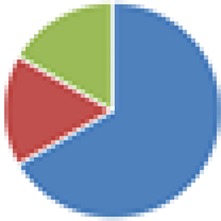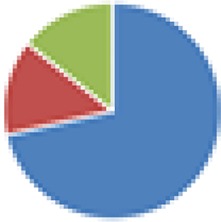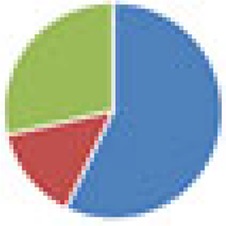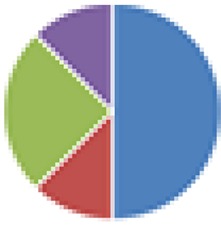TABLE 3.
Studies using defined communities in nonrodents to study host-microbe interactions in vivo (n = 6)a
| Consortium (no. of speciesb) | Division of phylae | Strain source | Host species (strain) | Part of the gut studiedf | No. of animals/group | Chow | Sex | Age (collection time[s]c) | Study outcomesd | Reference |
|---|---|---|---|---|---|---|---|---|---|---|
| Bristol (3 and 4 species), modified ASF (6 and 7 species) 3 species: Lactobacillus amylovorus DSM 16698T, Clostridium glycolicum, and Parabacteroides sp. (ASF519) 4 species: 3 species + R. intestinalis 6 species: Clostridium sp. (ASF356), Lactobacillus sp. (ASF360), Lactobacillus animalis (ASF361), E. plexicaudatum (ASF492), Parabacteroides sp. (ASF519), and Propionibacterium sp. 7 species: 6 species + Staphylococcus sp. or Bacillus sp. |
3 species: 4 species:  6 species:  7 species: 
|
Pig | Pig (commercial hybrid and Babraham) |

|
2–6 | Evaporated milk | NR | 0–17 days (14–21 days after 1st inoculation) | Presence of bacteria and mean total bacterial content in proximal and distal jejunum, terminal ileum, cecum, and colon; serum immunoglobulin concn | 52 |
| Bristol (3 species) | Pig | Pig ([Great York × Pie] × ‘Dalland’ cross) |

|
6 | Pasteurized sow colostrum (first hours), ad libitum milk replacer diet (days 0–4), moist diet (remaining) | NR | Neonates (26–37 days) | Relative OR51E1 expression in jejunum | 59 | |
| Bristol (3 species) | Pig | Pig ([Great York × Pietrain] × ‘Dalland’ cross) |

|
6 | Sow serum or pasteurized sow colostrum, followed by ad libitum milk replacer diet (days 0–4), followed by a control diet or medium-chain-fatty-acid diet | NR | 1 day (2–3 wk) | Oxyntic mucosa transcriptome | 60 | |
| DMF (7 and 8 species) 7 species: Bifidobacterium adolescentis, B. longum, B. thetaiotaomicron, E. faecalis, L. brevis, Streptococcus bovis, and C. clostridioforme 8 species: DMF + E. coli Nissle |
7 species: 8 species: 
|
Pig | Pig (Landrace × Yorkshire × Duroc cross-bred) |

|
3–6 | NR | NR | 7 days (35 days) | Fecal virus shedding; mean duration of diarrhea; diarrhea severity and % of diarrhea; gene expression levels of ChgA, Muc2, PCNA, SOX9, and villin in jejunal intestinal epithelial cells | 62 |
| Pig | Pig (NR) |

|
3–5 | NR | NR | 5 days (14–35 days) | Bacterial content in rectum, duodenum, jejunum, ileum, colon, and feces/rectal swabs; diarrhea and virus shedding after virulent human rotavirus challenge | 63 |
NR, not reported; ChgA, chromogranin A.
Two different strains tested are counted as one species. Strains were not always reported. Pathogenic species, in the case of an infection model, are not included.
The colonization time includes the time from colonization (time zero in the case of transfer of microbiota to offspring) until and including the time of sacrifice or the end of experimental (e.g., dietary) manipulations, in cases where this is clearly stated in the paper. If age is given and animals are colonized at birth, the age is included in the colonization time.
Study outcomes are reported only for the animals colonized with the defined community of interest.
 , Firmicutes;
, Firmicutes;
 , Bacteroidetes;
, Bacteroidetes;
 , Actinobacteria;
, Actinobacteria;
 , Proteobacteria;
, Proteobacteria;
 , Verrucomicrobia;
, Verrucomicrobia;
 , other.
, other.
The color codes from left to right in the illustration are as follows:
 , stomach;
, stomach;
 , duodenum;
, duodenum;
 , jejunum;
, jejunum;
 , ileum;
, ileum;
 , cecum;
, cecum;
 , colon;
, colon;
 , rectum;
, rectum;
 , feces.
, feces.
